AT&T Publishes Teenage Texting & Driving Statistics
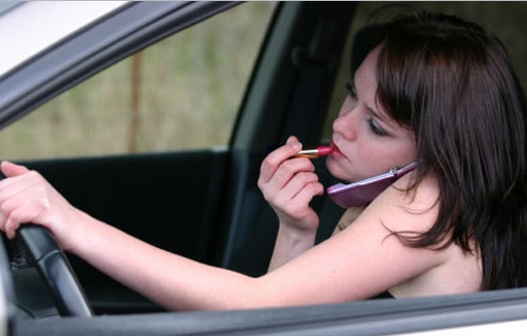 AT&T conducted a survey of 1,200 teenagers (ages 15-19) to learn more about driving behavior and attitudes toward texting and driving. Here are some of their conclusions:
AT&T conducted a survey of 1,200 teenagers (ages 15-19) to learn more about driving behavior and attitudes toward texting and driving. Here are some of their conclusions:
- 97% of teens know that texting while driving is dangerous
- 70% of teens believe that texting while stopped at a red light is dangerous
- 54% of Hispanic teens admit to texting while driving
- 41% of Caucasian teens admit to texting while driving
- 42% of African-American teens admit to texting while driving
- 80% of Hispanic teens admit to using their phones while at red lights
- 71% of Caucasian teens admit to using their phones while at red lights
- 70% of African-American teens admit to using their phones while at red lights
- 46% of teens send between 21 and 100 text messages per day
AT&T’s Infographic is pretty good–it highlights a lot of information designed to help promote their “Texting & Driving: It Can Wait” campaign. Two things that caught my eye:
- At 65 mph a car travels the length of a basketball court in a single second
- Texting takes your eyes off of the road for an average of 5 seconds
Like many providers, AT&T has designed a mobile app (DriveMode) to prevent text messages from reaching a driver.
For more information on distracted driving, check out our Charm City Lawyer Blog posts and past Maryland Car Accident Lawyers Blog posts. If you believe that you have been injured because another driving was driving while texting, contact us at 443.850.4426, or online for a free consultation.
 Maryland Car Accident Lawyer Blog
Maryland Car Accident Lawyer Blog


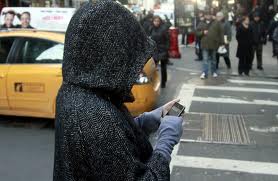 None of them should be texting. We’ve blogged before about
None of them should be texting. We’ve blogged before about 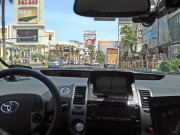 We’ve all heard about
We’ve all heard about 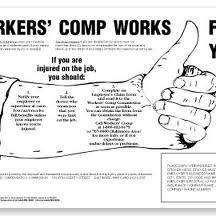 If you are injured while seeking medical treatment that is required in order for you to go back to work, when the original injury was a Maryland workers’ comp injury, is the second injury a workers’ compensation claim, as well?
If you are injured while seeking medical treatment that is required in order for you to go back to work, when the original injury was a Maryland workers’ comp injury, is the second injury a workers’ compensation claim, as well?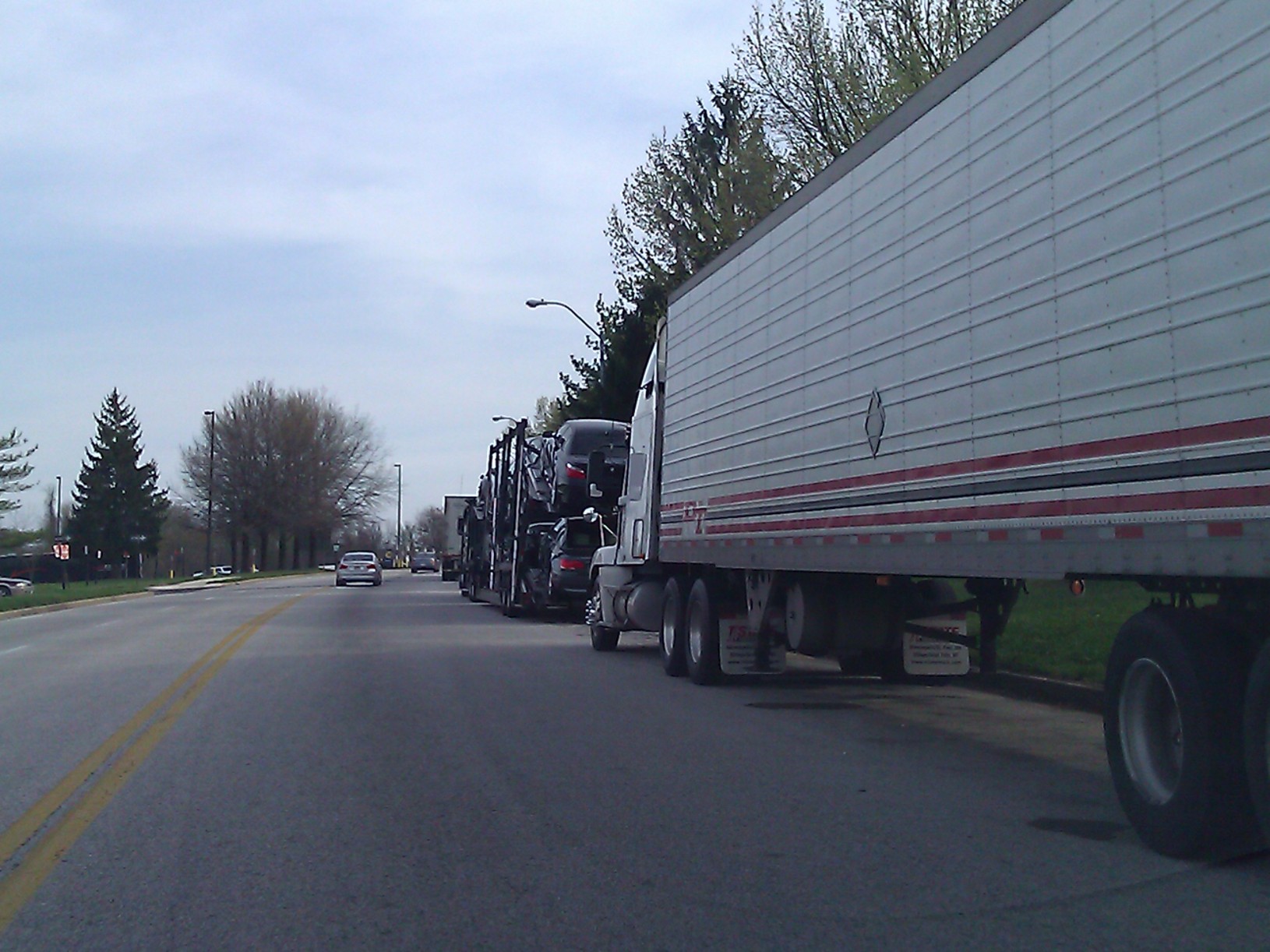 Truck drivers are subject to a great deal of regulation, and rightly so. These are huge machines, and the smallest errors, whether because of driver fatigue, inadequate pre-trip inspections, or distracted driving, can cause life-altering destruction. There is always an incentive by truck companies to cut corners, cut costs, and improve their bottom line. The good trucking companies ignore those incentives, and play it safe. The bad ones skirt the federal and state regulations, and cause Maryland truck accidents.
Truck drivers are subject to a great deal of regulation, and rightly so. These are huge machines, and the smallest errors, whether because of driver fatigue, inadequate pre-trip inspections, or distracted driving, can cause life-altering destruction. There is always an incentive by truck companies to cut corners, cut costs, and improve their bottom line. The good trucking companies ignore those incentives, and play it safe. The bad ones skirt the federal and state regulations, and cause Maryland truck accidents.  Many clients come to us expecting that they will be entitled to punitive damages in their
Many clients come to us expecting that they will be entitled to punitive damages in their 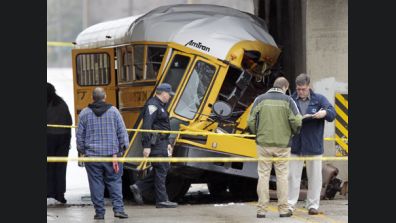 The IndyStar reports in
The IndyStar reports in